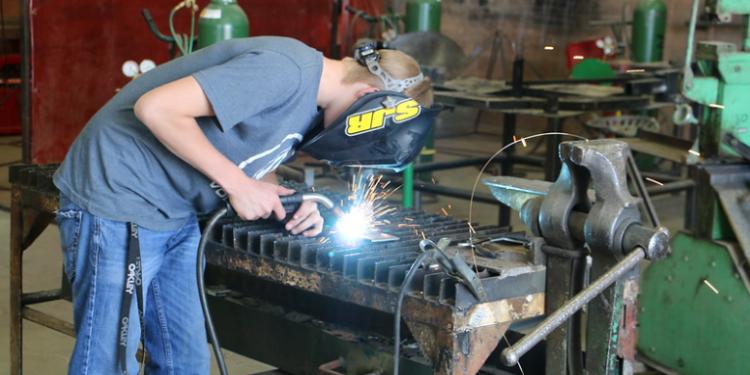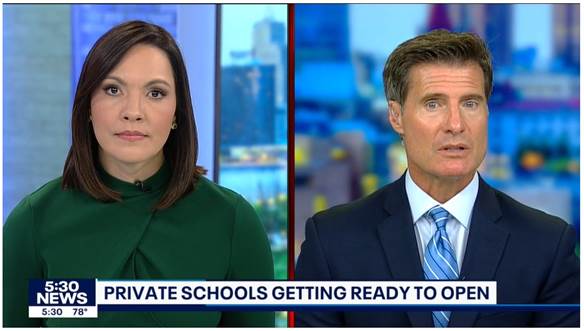Although relatively new on the adulthood scene, Gen Z seems to be showing many signs of promise as they step back from the status quo with a skeptical eye. The workforce is one arena getting this skeptical appraisal, and Gen Zers are increasingly opting to skip the college scene in favor of the trades.
A recent article from NPR highlighted this trend, naming Gen Z the “toolbelt generation” for their increasing eagerness to enter the world of “dirty jobs” by laboring with their hands.
The reasons for such a move are numerous. For starters, college costs are through the roof, and many young people don’t want to spend their prime years trying to pay off student loans—especially if they do so by working a job in a field completely different from the one in which they got their degree. The skilled trades are also in high demand—particularly as the Boomer generation, which has long held these jobs, retires—and thus offer good financial returns for those willing to throw some type of sweat equity into their work. The rise of AI is also creating uncertainty in many white-collar fields, so learning a practical skill that is less likely to compete with a robot offers more stability to young workers.
But while it’s encouraging to hear that young people are entering the trades, this news should also give us pause, particularly when it comes to the state of our nation’s public schools.
In 2016, a study from the Center for American Progress reported that “anywhere from 40 to 60 percent of first-year college students require remediation in English, math, or both.” One wonders if today’s high schools have grown used to the safety net college provides, and if such is the reason our state can graduate so many young people who aren’t proficient in core academic subjects.
Unfortunately, academic proficiency rates have fallen even more in the years since 2016. Data from the Minnesota Department of Education shows that only 52% of 10th-grade students statewide are proficient in reading. Will the skilled trades be able to deal with an influx of new high school graduates when only half of them can read proficiently? Or will those same trades find that they’re having to teach students to read in order to follow essential instructions enabling them to do their jobs well?
Or consider math, an area which skilled trade workers often need even more than reading. Data shows that only 36% of the state’s 11th-graders are proficient in this subject. Sadly, many of the districts in the Twin Cities metro area score even worse than that, as the chart below shows.

The trend toward the trades is wonderful! But when our elementary, middle, and high schools are failing to teach students the basics of math and reading, then those trades may not be feasible for students.
It’s time we give students the basics they need before they reach adulthood so that they can be prepared for life, regardless of whether they go to college or enter the trades. And if our public schools simply can’t provide that type of education, then we need to give parents and students the relief valve that an Education Savings Account offers, providing them with funding to attend a school that will actually give them the tools students need to succeed.
—
Image Credit: Flickr-Bureau of Land Management, CC BY 2.0











![[downloaded during free trial]](https://oakmn.org/wp-content/uploads/2025/11/iStock-1430368205-120x86.jpg)

